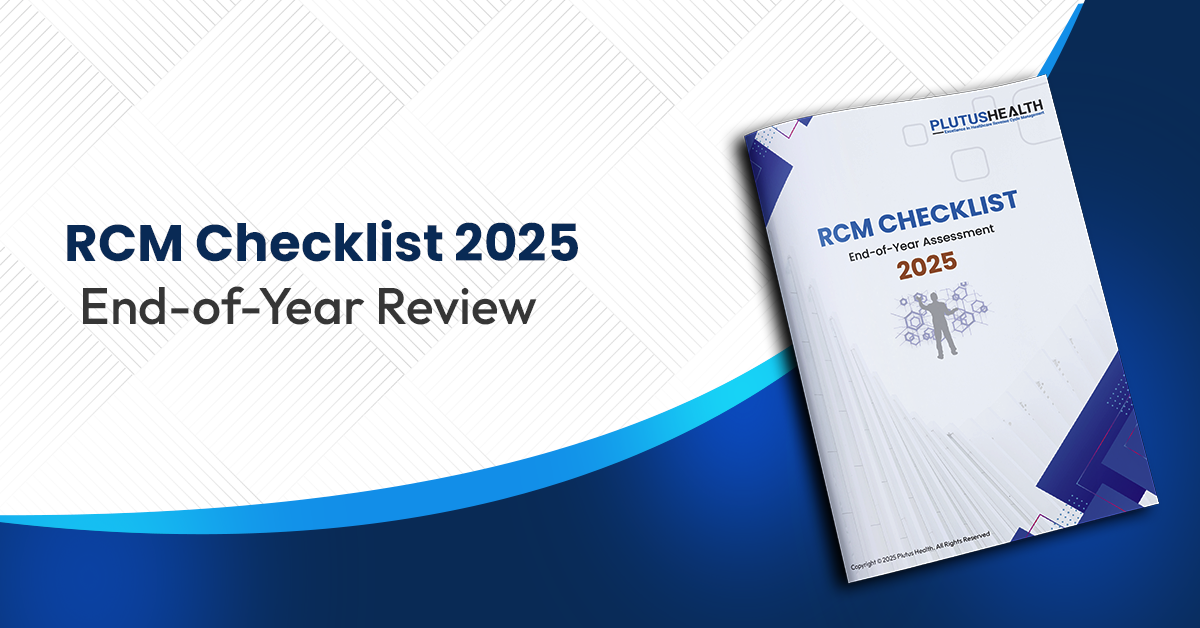4 Tips to Improve Clinical Documentation for ASCs
As Payers continue to raise their expectations for complete and accurate data, they’re finding that many clinicians have yet to meet those expectations. The shift from fee-for-fee payments to value-based payments exacerbated this discrepancy. Value-based payments require detailed, precise documentation and leave little room for omissions.
Primary care physicians spend more time on electronic health records (EHRs) than they spend face-to-face with patients. And when physicians on staff are continually required to review inaccuracies, their workload is increased manifold.
Value-based care decreases the inpatient population by incentivizing hospitals to provide the quickest, most efficient treatment possible. Thus, the recent increase in value-based care may shift many patients from inpatient care to outpatient facilities like ambulatory surgery centers (ASCs) — a viable solution for reducing patient costs while improving care. As such, ASCs should expect to hire additional clinical documentation specialists or strengthen their staff’s efficiency.
Many physicians apprehend the increased time spent in all the documenting, will remove valuable opportunities to treat patients. So how can clinicians maintain high-quality care while meeting rising demands for clinical documentation improvements?
Learn the Core Information in ASC Clinical Documentation
Part of the reason there is often a disconnect between physicians and medical coders is that they misunderstand the other’s job. Physicians frequently see little value in detailed coding and consider it a waste of time. Even worse, clinicians have reported dissatisfaction with EHRs since such systems boost documentation time. Therefore, physicians must understand the role of these systems and what core information medical coders seek.
Here is a guide to clinical documentation and the critical roles it serves:
- Gives an overview of the patient and their medical history timeline
- Shows how medical professionals decide on treatment options
- Demonstrates that care was effective and as per regulations
- Allows study for quality improvement and cross clinical analysis
- Makes a legal document that explains patient compliance and understanding of terms agreed to
- Creates a report for reimbursement
Include Small Details
It can be easy to stop documenting after filling in essential information. However, small details can be instrumental in bypassing legal scrutiny and impressing during audits. For example, if a patient has made an appointment for a follow-up checkup a month down the road, record it. Recording future appointments also make it easier for a patient to transfer to a new facility.
Providing detailed information also helps healthcare workers in accurately diagnosing and prescribing appropriate treatment. In addition, this allows the patient to spend less time in the office and opens up time and space for new patients. Ultimately, documenting small details gives ASCs the ability to fulfill their mission of reducing costs and improving care.
Adopt New Technology
Practices that leverage technology are much more likely to ensure the accuracy of patient information. The right tools also maximize the medical coder’s ability to capture accurate details without clarifying specifics with the physician. Getting the correct information quickly gives doctors more time to provide quality patient care while also being compliant.
Nuance has developed a workflow program called Vincari to assist physicians in patient queries. This program prompts the clinicians to ask clarifying questions that are ICD-10 compliant. This system is efficient since the staff is less likely to make mistakes and saves time reviewing paperwork to ensure accuracy.
Stay Organized
The ability to collect, manage, and analyze massive amounts of data is revolutionary in providing value-based patient care. But, when this information is not documented strategically, everyone loses.
Different organizations vary in terms of what they will accept for documentation. As a result, this list changes often and can overwhelm unprepared workers. To counter this chaos, keep a list of organizational requirements for diverse types of patients. Make special notes for Payers with quicker timelines. Keep this list updated and accessible. This is critical to maintaining a streamlined and accurate documentation process.
Plutus Health revenue cycle management solutions for Free Standing ASCs provide excellent coding and billing services from our experience of many years in ASC billing which are compliant with all the federal and state regulations. We understand all the nuances of ASC billing and maximize the reimbursement of the physicians using efficient billing methodologies.
Key Takeaways
1. Understand why detailed coding is crucial and the key aspects to include.
2. Include small details to get through audits easily.
3. Familiarize yourself with technological advancements to reduce documentation time.
4. Compose a list that details different Payers’ time and quality requirements.


.png)















































